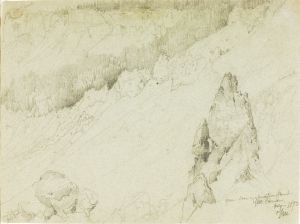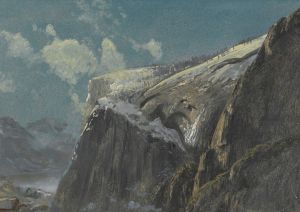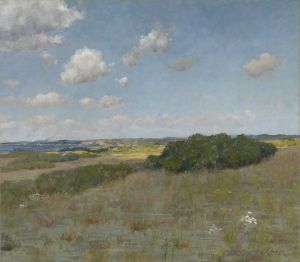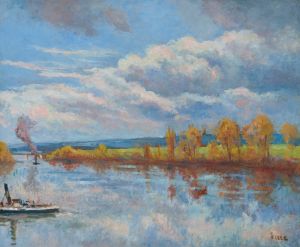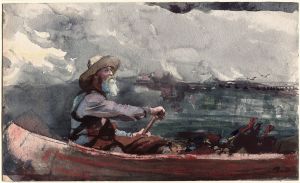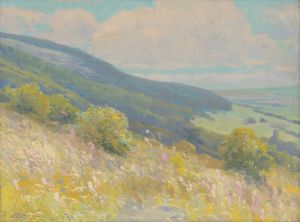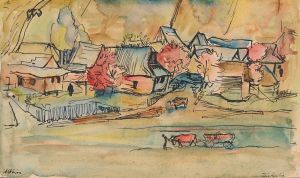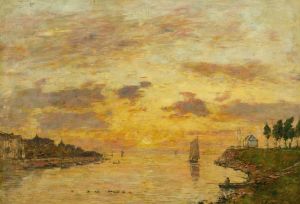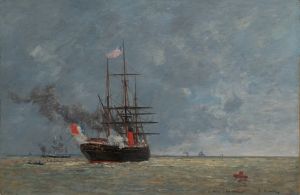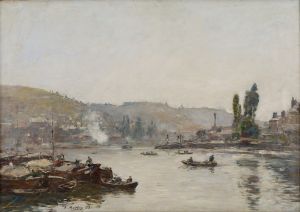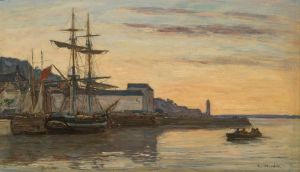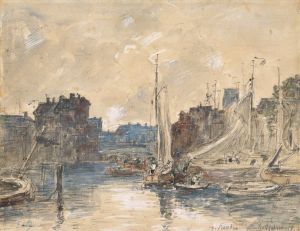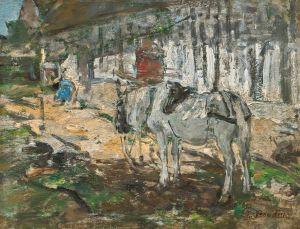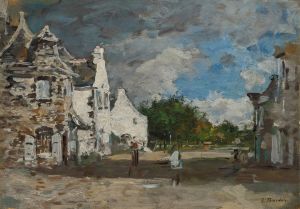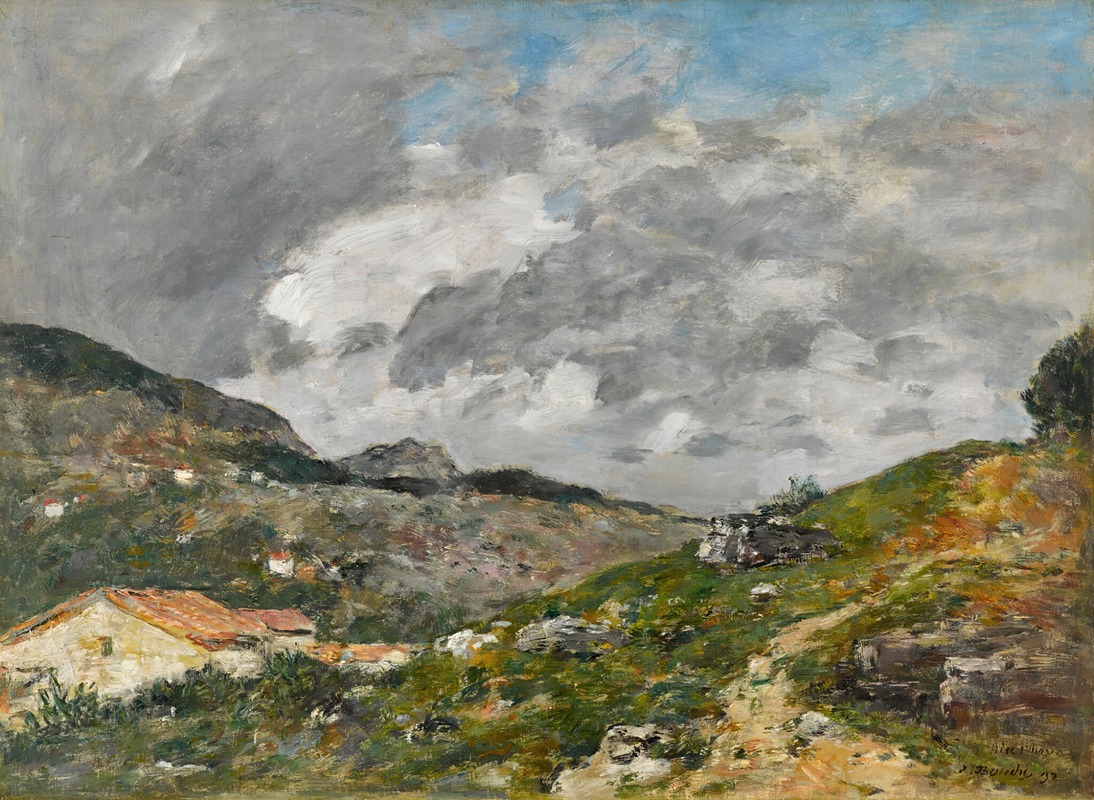
Montagnes, Environs de Nice
A hand-painted replica of Eugène Boudin’s masterpiece Montagnes, Environs de Nice, meticulously crafted by professional artists to capture the true essence of the original. Each piece is created with museum-quality canvas and rare mineral pigments, carefully painted by experienced artists with delicate brushstrokes and rich, layered colors to perfectly recreate the texture of the original artwork. Unlike machine-printed reproductions, this hand-painted version brings the painting to life, infused with the artist’s emotions and skill in every stroke. Whether for personal collection or home decoration, it instantly elevates the artistic atmosphere of any space.
"Montagnes, Environs de Nice" is a painting by the French artist Eugène Boudin, who is widely recognized for his contributions to the development of landscape painting in the 19th century. Boudin was born on July 12, 1824, in Honfleur, France, and he is often celebrated as one of the precursors to the Impressionist movement. His works are known for their delicate portrayal of light and atmosphere, particularly in coastal and rural scenes.
The painting "Montagnes, Environs de Nice" translates to "Mountains, Surroundings of Nice" and depicts the scenic landscape around the city of Nice, located on the French Riviera. This region is known for its picturesque Mediterranean coastline and its proximity to the Alps, providing a dramatic backdrop of mountains that Boudin captures with his characteristic sensitivity to light and color.
Eugène Boudin's interest in the landscapes of southern France, including Nice, can be traced back to his travels in the region. He was known to have visited the south of France several times, drawn by the unique quality of light and the vibrant natural scenery. These trips allowed him to explore and paint various locales, contributing to his extensive body of work that includes seascapes, beach scenes, and rural landscapes.
In "Montagnes, Environs de Nice," Boudin employs his typical plein air technique, painting outdoors to directly observe and capture the natural environment. This approach allows for a more immediate and authentic representation of the scene, a hallmark of Boudin's style. The painting likely features the interplay of light and shadow on the mountainous terrain, with a palette that reflects the natural hues of the landscape.
Boudin's work was influential in the development of Impressionism, and he was a mentor to several younger artists, including Claude Monet. His emphasis on painting en plein air and his focus on the effects of light and atmosphere were significant in shaping the techniques and approaches of the Impressionist painters who followed him.
"Montagnes, Environs de Nice" is an example of Boudin's mature style, where his brushwork becomes more fluid and his compositions more focused on capturing the transient effects of light. The painting is part of Boudin's broader oeuvre that showcases his ability to depict the natural world with a sense of immediacy and poetic beauty.
Eugène Boudin passed away on August 8, 1898, in Deauville, France, but his legacy endures through his contributions to landscape painting and his influence on the Impressionist movement. His works, including "Montagnes, Environs de Nice," continue to be celebrated for their innovative approach to capturing the essence of the natural world.





